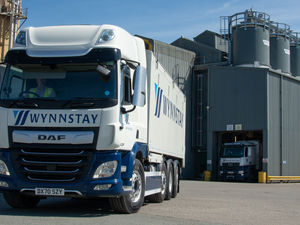Towards sustainable forest management
The UK Forest Standard guidance sets out the UK government’s criteria for practising sustainable forest management.
This document is useful when making silvicultural decisions on behalf of landowners and preparing management plans.
For field survey work of oak broadleaved forest, for example, in order that the amount of timber and stored carbon to be removed is no more than the forest can sustain, (that is, volume removed is less than the annual yield), I have devised a “Sustainable Treatment Assessment” checklist for each stand before any thinning takes place.
This includes measuring the basal area and stand volumes prior to thinning and marking trees to be removed in such a way that average stand diameter at breast height (dbh) either remains the same or falls no lower than 10 per cent of average dbh after treatment.
The checklist also includes retention of at least 10 to 30 sawtimber size trees per acre of sufficient quality and vigour to maintain stand density.
It also takes into account measurement of the overstorey as well as the condition of the understorey.
Last but not least, assessing the level of deer browsing impacting the woodland is essential.
Martin B. Jones is a chartered forester and managing director of the Woodland Stewardship Company based in Shrewsbury





